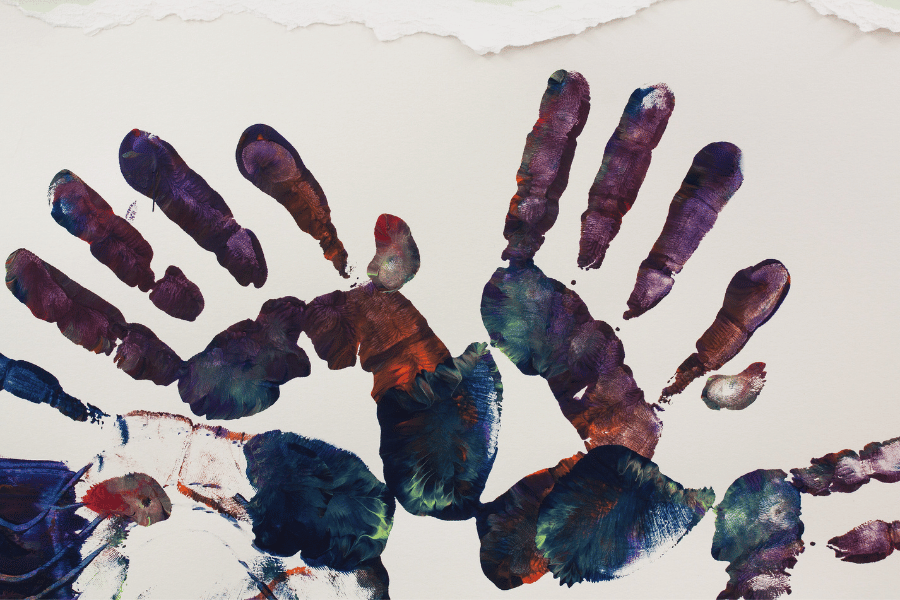Color is more than just a visual experience; it’s a powerful tool that can significantly influence our mood and behavior, especially within the sanctuary of our homes. Understanding the psychology behind color choices can transform your space into a haven that reflects not only your personal style but also promotes well-being.

Let’s dive into how various hues can impact the ambiance of each room, helping you make informed decisions in your home decorating journey.
Welcoming Warmth in Living Areas
Living rooms and family rooms are the heart of the home, spaces where we gather, relax, and entertain. Warm colors like reds, oranges, and yellows evoke feelings of happiness, excitement, and warmth. Red, for instance, can raise a room’s energy level, making it a great choice for lively conversations.
However, it’s best used as an accent color to avoid overwhelming the space. Orange, renowned for its ability to stimulate appetite and conversation, makes it perfect for dining areas too.
Yellow, the color of sunshine, can brighten spaces and bring a sense of happiness, but its vibrancy is best tempered with softer hues to avoid the risk of creating feelings of frustration.
Tranquil Blues for Bedrooms
The bedroom is your personal retreat, a place for relaxation and rejuvenation. Blue, in its myriad shades, has a calming effect that makes it ideal for promoting restful sleep.
Lighter blues can make a room feel serene and airy, while darker shades add a touch of sophistication and tranquility. Pairing blue with neutral tones like white or gray can create a peaceful sanctuary that encourages relaxation and rest.
Productive Spaces with Green
Green, the color of nature, is refreshing and calming. It’s perfect for home offices or study areas, where concentration and calmness are key. Green can reduce anxiety, allowing for better focus and efficiency.
Incorporating various shades of green through wall colors, furniture, or accessories can bring the outdoors in, fostering a space that promotes productivity and creativity.
Energizing the Kitchen with Red and Orange
The kitchen is often considered the soul of the home, a place of creativity and nourishment. Red and orange can stimulate the appetite, making them excellent choices for kitchen accents.
However, to keep the space from feeling too intense, consider balancing these warm hues with neutrals or cooler tones like blues and greens, which can bring balance and harmony.
Bathrooms: A Splash of Serenity
Bathrooms, though often overlooked, are pivotal in our daily routines. Light shades of blue and green can transform these spaces into serene oases, ideal for relaxation and unwinding after a long day.
These colors can make a small bathroom feel larger and more inviting, creating an atmosphere of tranquility and spa-like luxury.
A Palette for Creativity in Children’s Rooms
Children’s rooms and play areas benefit from a creative and energetic color palette. Bright and cheerful colors like green, yellow, and orange can inspire creativity and boost energy levels, making them perfect for playrooms.
However, for bedrooms, consider combining these lively hues with softer pastels to promote both stimulation and restful sleep.
Final Thoughts
The colors we choose for our homes do more than just fill our spaces with beauty; they have the power to influence our emotions and behaviors, making color psychology an essential element in home decorating.
By understanding the impact of different hues, you can create a home that not only looks stunning but also feels like a true reflection of your desires and needs.
Remember, the ultimate goal in home decorating is to create a space that feels right for you and your family. Don’t be afraid to experiment with colors until you find the perfect palette that resonates with your lifestyle and aesthetic preferences. Happy decorating!

Leave a Reply